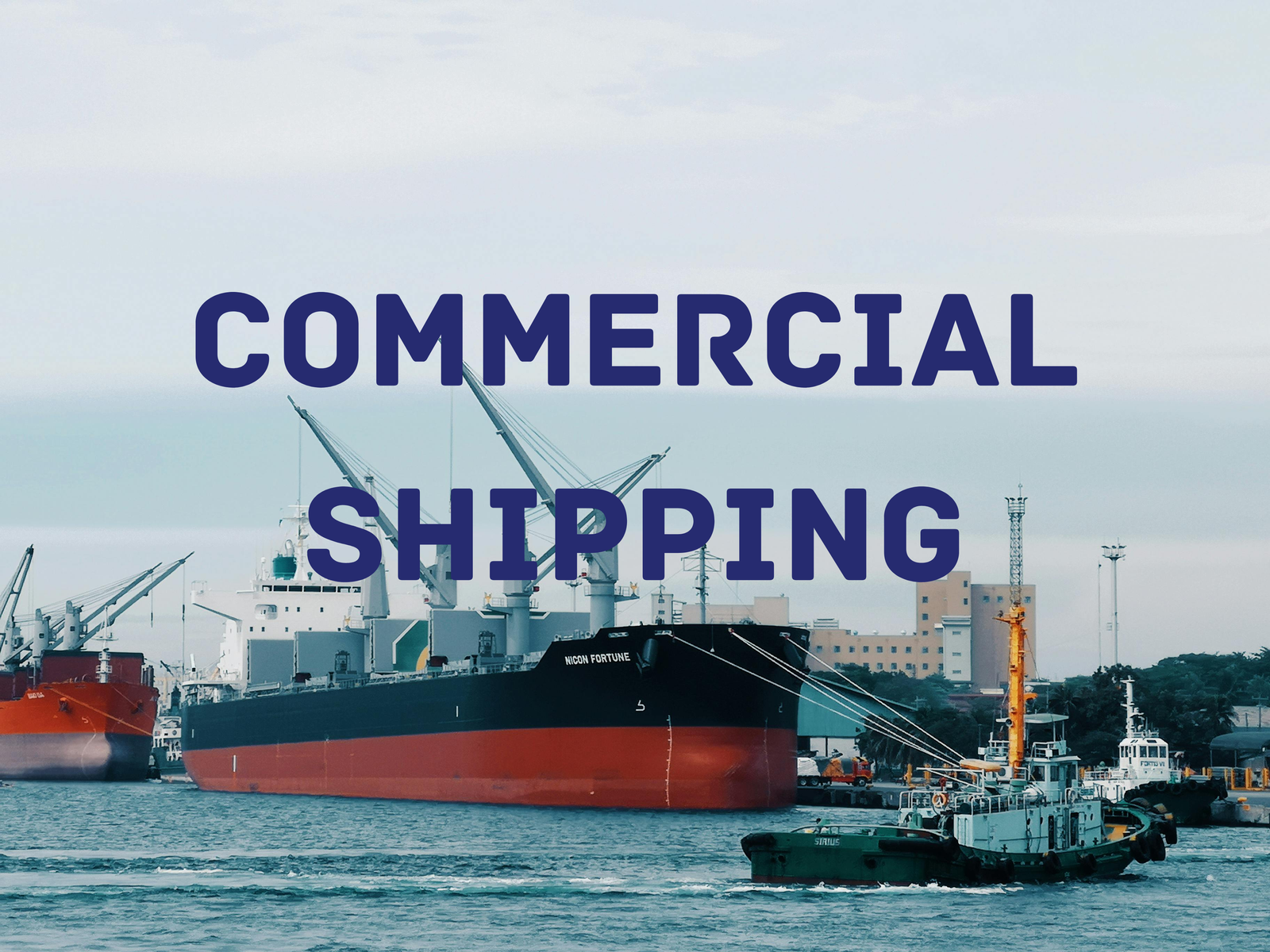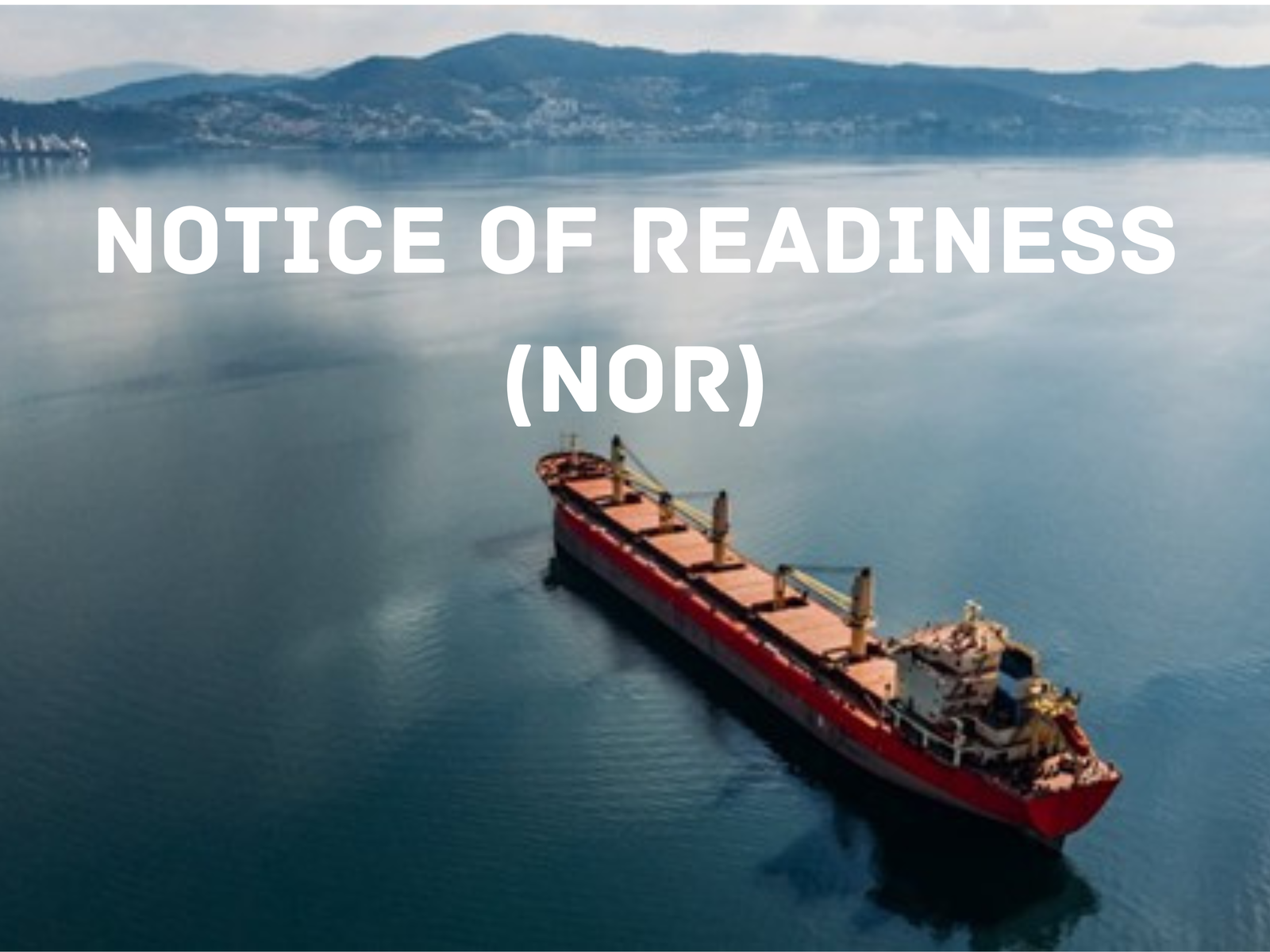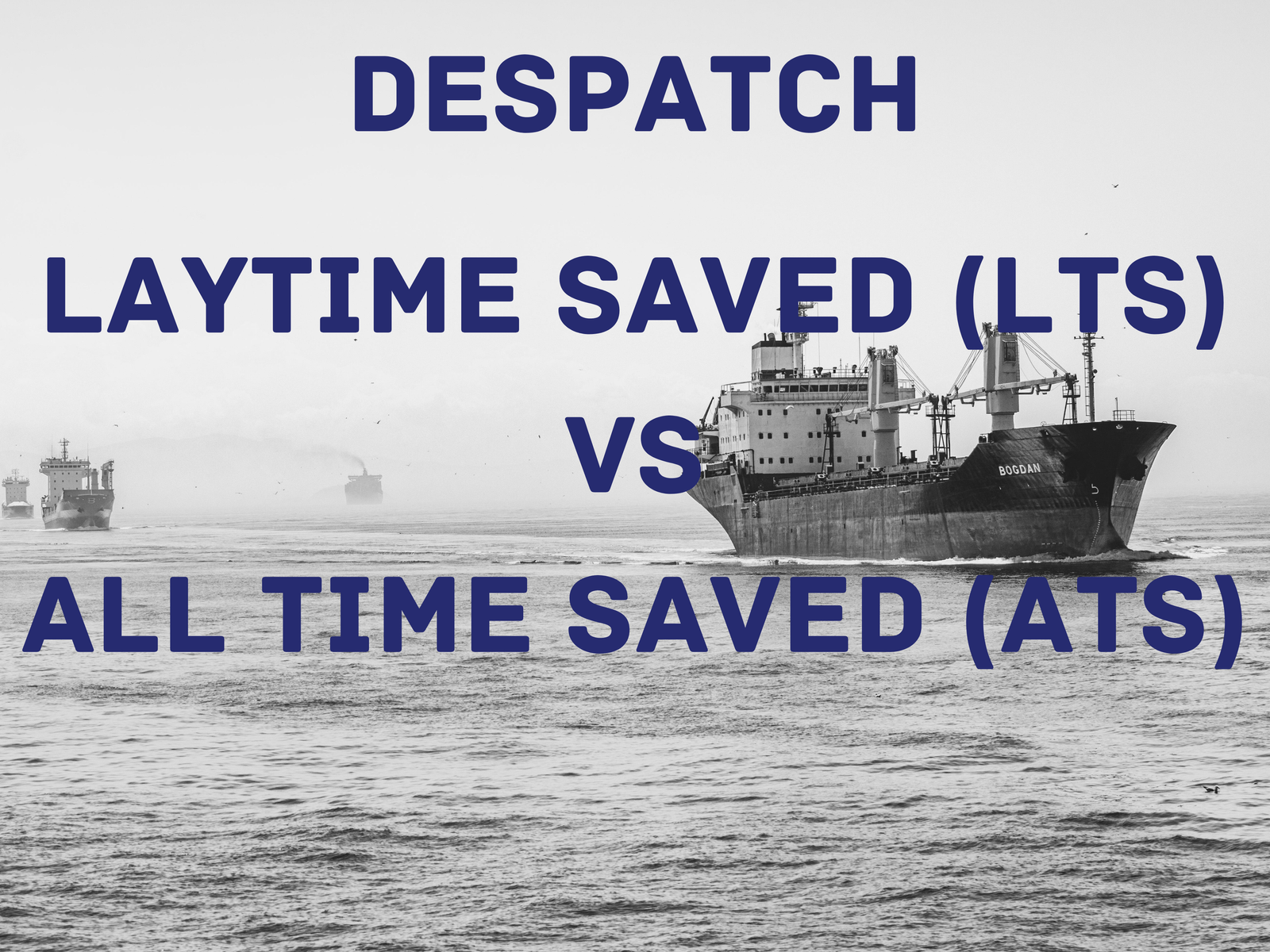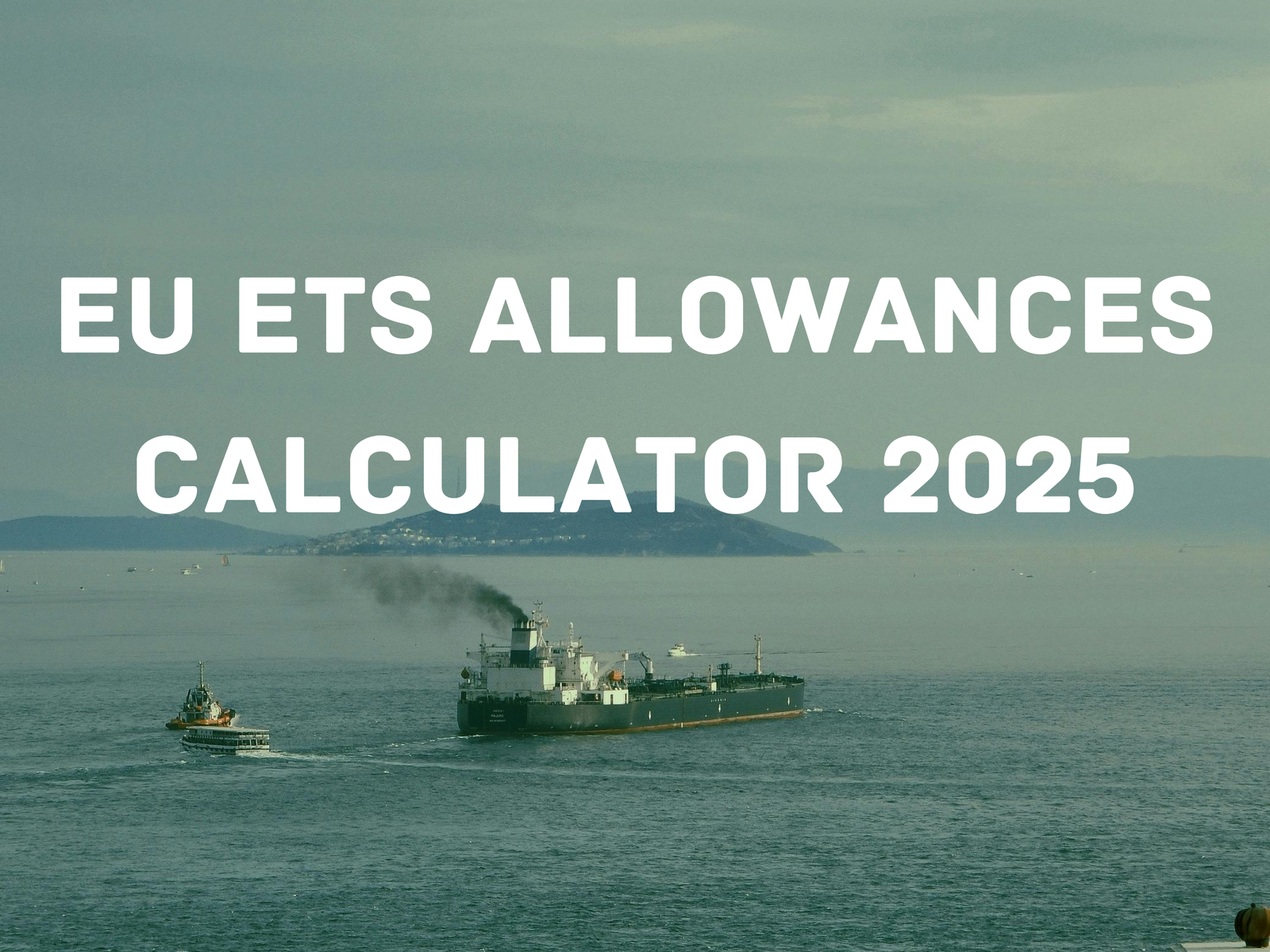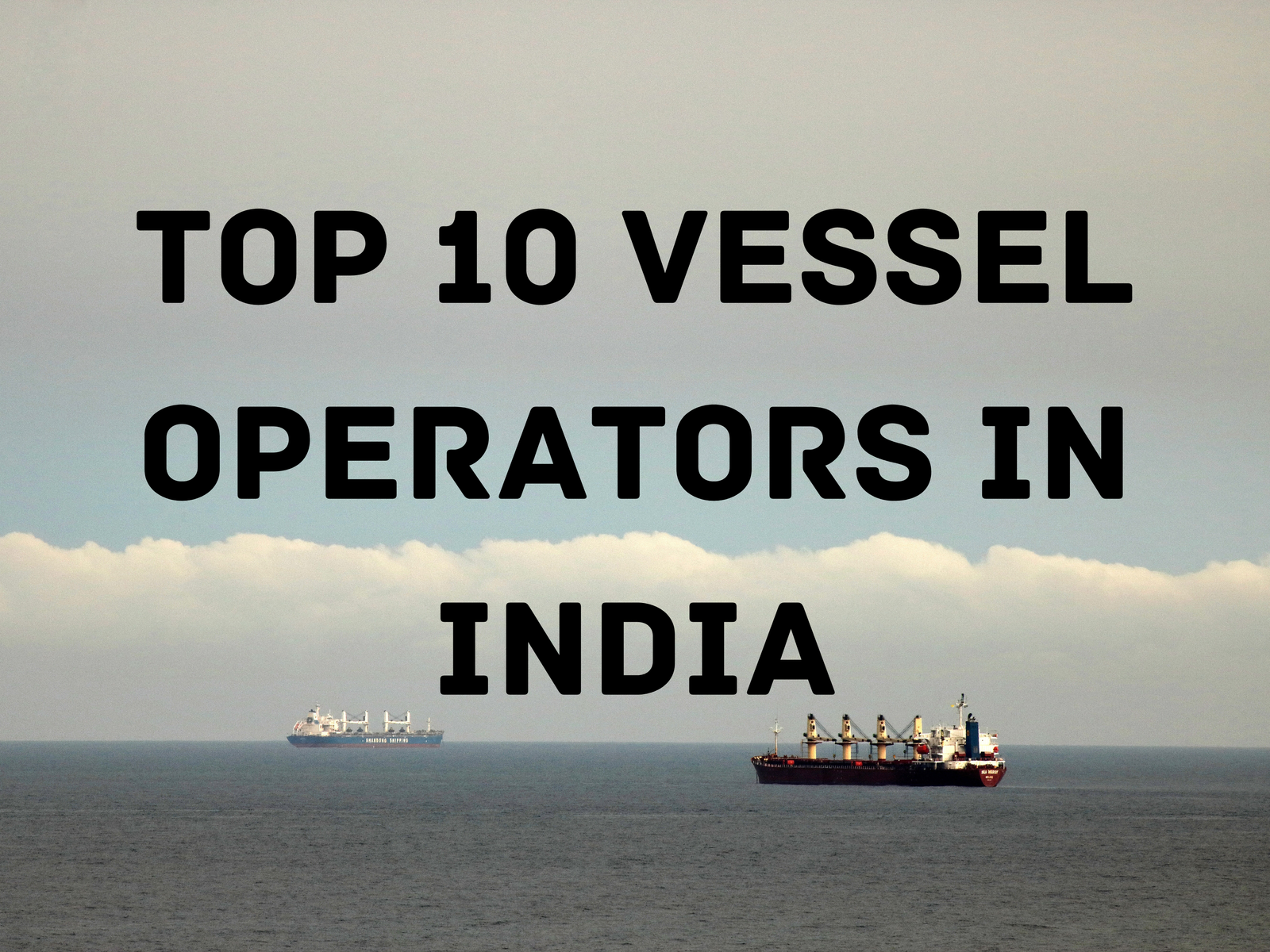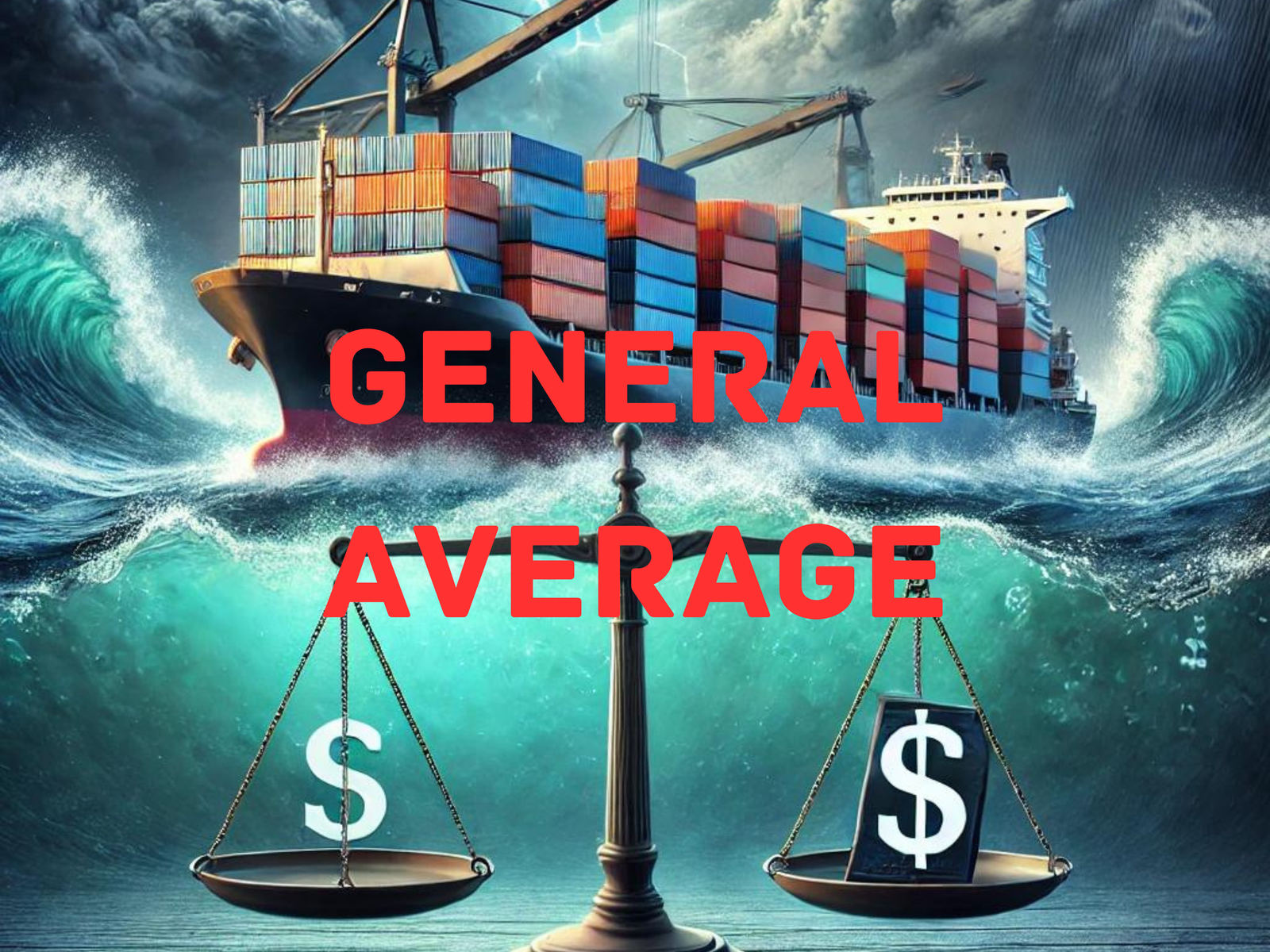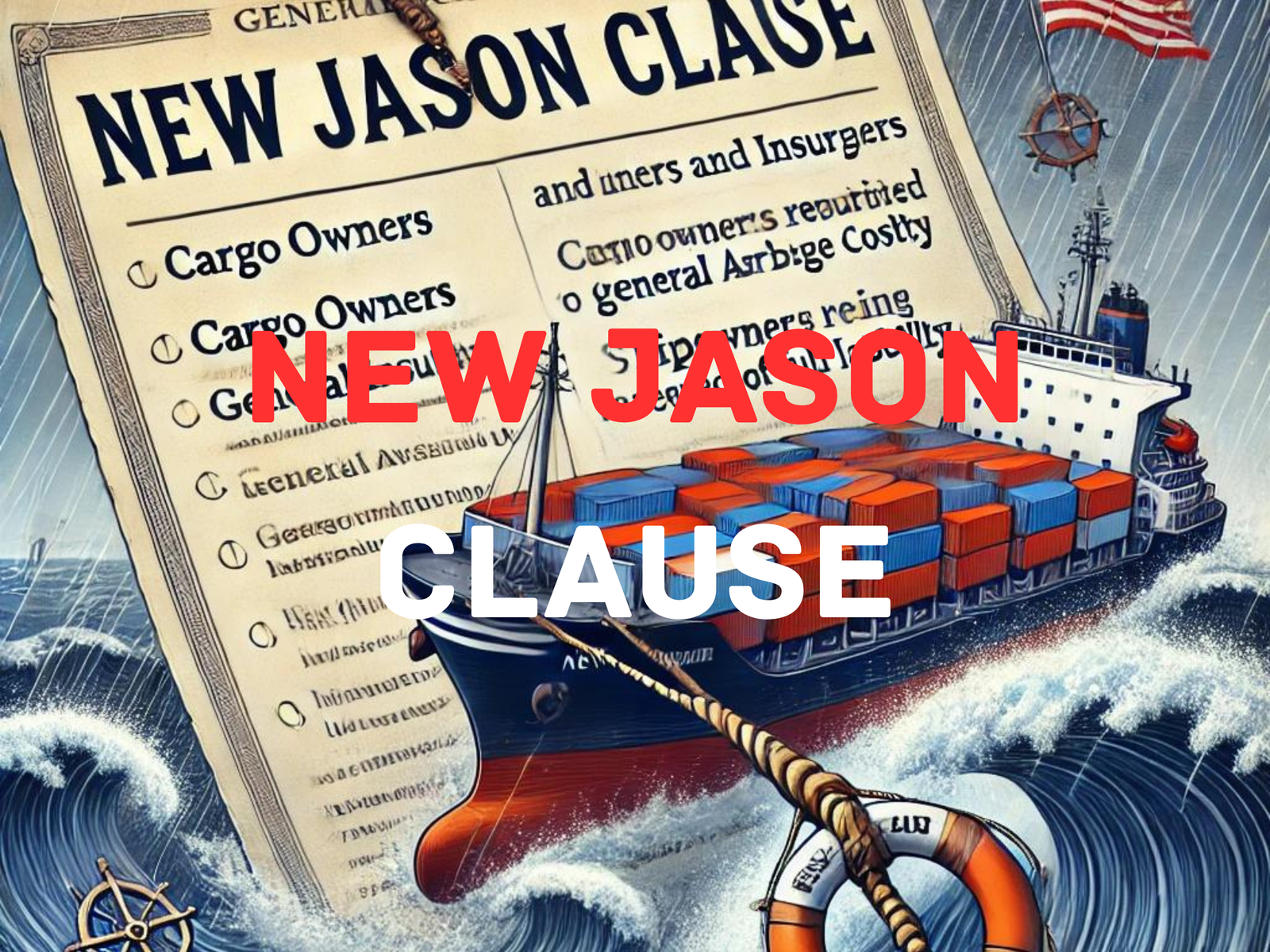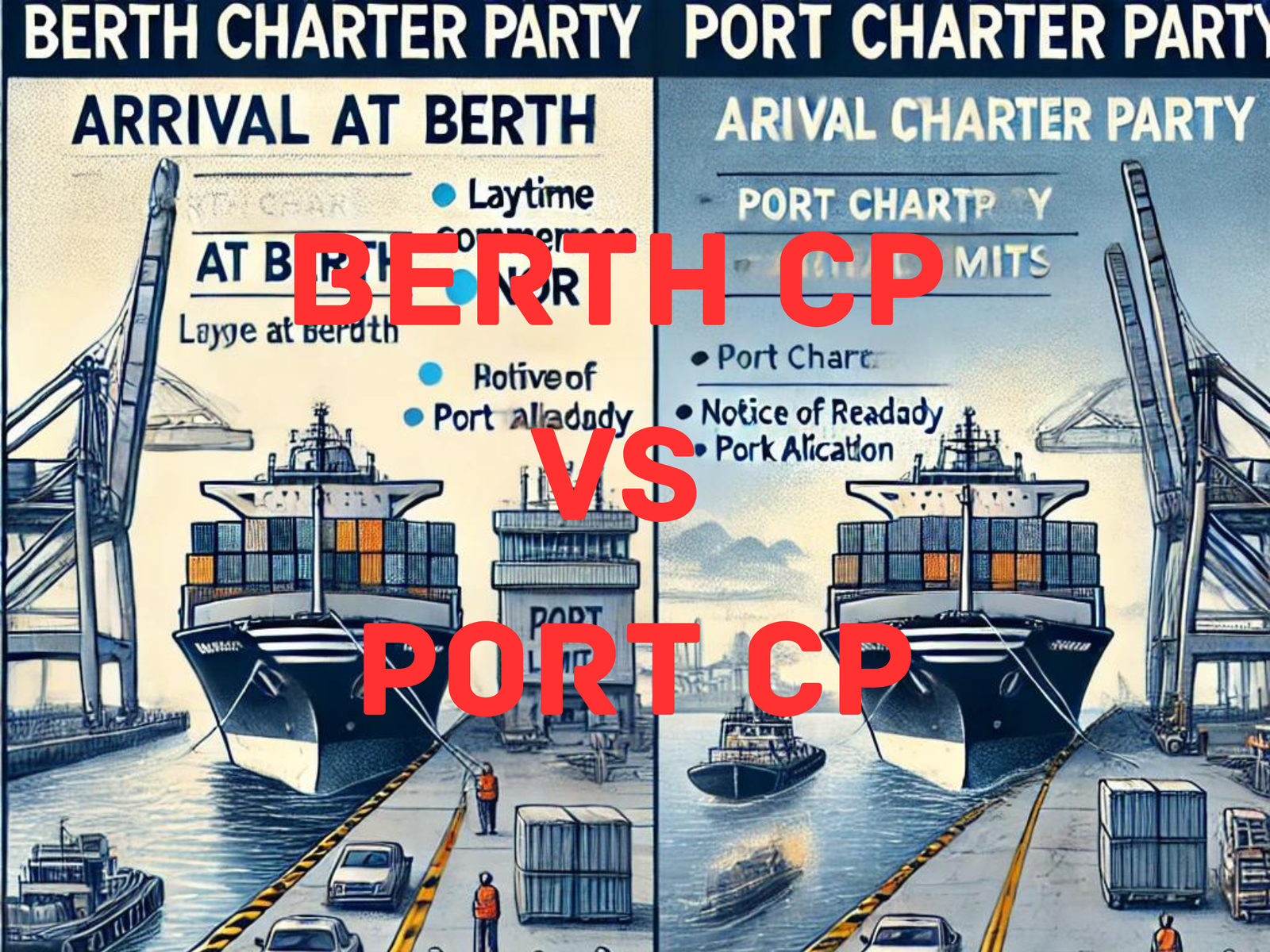In the world of shipping, fuel is one of the largest cost components—and understanding bunker tax and duty implications can significantly impact voyage economics, especially when transitioning between foreign and coastal voyage operations in India.
The Indian GST and Customs framework creates distinct treatment for bunkers used in international (foreign-going) and coastal voyages. This blog explores how tax liabilities change, how to remain compliant, and presents practical examples to illustrate bunker duty treatment in coastal operations.
Understanding the Basics of bunker taxes:
Foreign-Going vs. Coastal Vessels
- Foreign-going vessels (as per Section 2(21) of the Customs Act, 1962) are eligible for duty-free bunkers.
- Coastal vessels are considered domestic carriers; hence bunker supplies attract GST and/or customs duty.
🧾 Bunker Tax & Duty: Quick Comparison Table
| Scenario | Vessel Status | Bunker Purchase Location | GST/Duty Applicable | Action Required |
|---|---|---|---|---|
| Bunkers bought before coastal conversion | Foreign-going | International port (e.g., Chennai) | No GST / Duty-Free | Maintain ROB logs; pay tax on later coastal usage |
| Bunkers consumed after coastal conversion (from duty-free stock) | Coastal | Not purchased, but used from existing stock | 5% GST on consumption | Self-assess & pay GST on quantity used |
| Bunkers bought after coastal conversion | Coastal | Coastal port (e.g., Vizag, Goa) | 5% GST | Supplier charges GST directly |
| Entire voyage foreign-going | Foreign-going | Any Indian port (if eligible under Customs) | Zero-rated under GST | Ensure proper documentation for exemption |
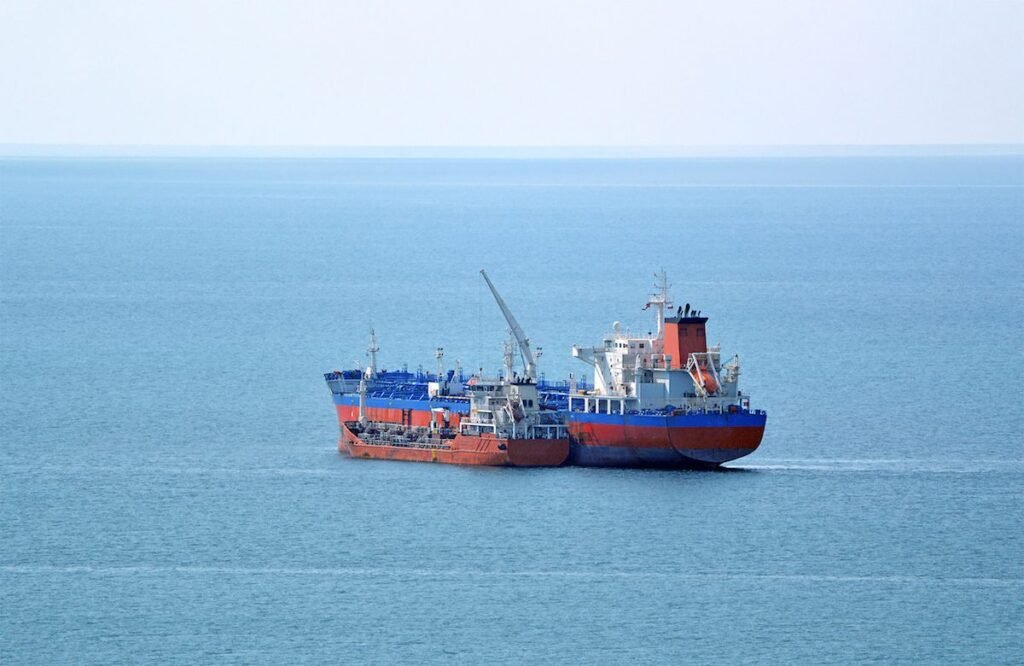
Example 1: Smooth Transition Case
Vessel: MV Ocean Pearl
Voyage: Discharges international cargo at Kandla, proceeds to Paradip to load a coastal cargo for Cochin.
What Happened?
- MV Ocean Pearl buys duty-free bunkers at Kandla while still classified as a foreign-going vessel.
- Upon arrival at Paradip, she converts to coastal status and uses part of the bunkers during the coastal leg to Cochin.
Bunker Taxes Implication:
- Operator must calculate the quantity of duty-free bunkers consumed during the coastal leg.
- GST of 5% is payable on the proportionate coastal usage, treated as self-supply under GST law.
Example 2: Missed Duty-Free Opportunity
Vessel: MV Horizon Grace
Voyage: Discharges international cargo at Chennai. Proceeds to Vizag (ballast) to load coastal cargo for Goa.
What Happened?
- No bunker lifted at Chennai.
- After conversion at Vizag, vessel lifts 400 MT of IFO.
- Supplier charges 5% GST on bunker supply as vessel is now in coastal mode.
Bunker Taxes Implication:
- Full GST paid on 400 MT at Vizag, increasing voyage cost.
- Missed opportunity to lift duty-free fuel at Chennai while vessel still foreign-going.
Case Study: Coastal Conversion and Tax Audit Compliance
Vessel: MV Eastern Legend
Context: Foreign-going vessel arrives at Mumbai after discharging export cargo. Proceeds to load salt from Kandla for coastal delivery to Tuticorin.
Actions Taken:
- Lifted 500 MT duty-free bunkers at Mumbai under foreign-going status.
- Officially converted to coastal at Kandla.
- Maintained bunker ROB log showing 380 MT at time of conversion.
- Fuel consumption from Kandla to Tuticorin: 120 MT (during coastal leg).
- Operator self-assessed and paid GST (5%) on 120 MT to local GST authority.
- During audit, all records—fuel logs, customs conversion forms, GST payment proof—were submitted.
Outcome:
- No penalties or disputes.
- Received commendation for tax transparency and audit readiness.
✅ Key Takeaways
- Always lift bunkers duty-free before coastal conversion if possible.
- Maintain detailed logs of bunker consumption, voyage legs, and ROB at conversion points.
- Pay GST/duty on bunker quantity used in coastal legs if originally supplied duty-free.
- Stay aligned with CBIC circulars, GST advance rulings, and consult with port customs if in doubt.
Disclaimer:
The information provided in this blog is intended for general guidance and reference purposes only. Taxation rules, customs procedures, and applicable GST rates may change over time or vary by jurisdiction. Operators must verify the current local regulations with the relevant Customs, GST authorities, or professional advisors before making any operational or tax decisions. This blog does not constitute legal or tax advice.

